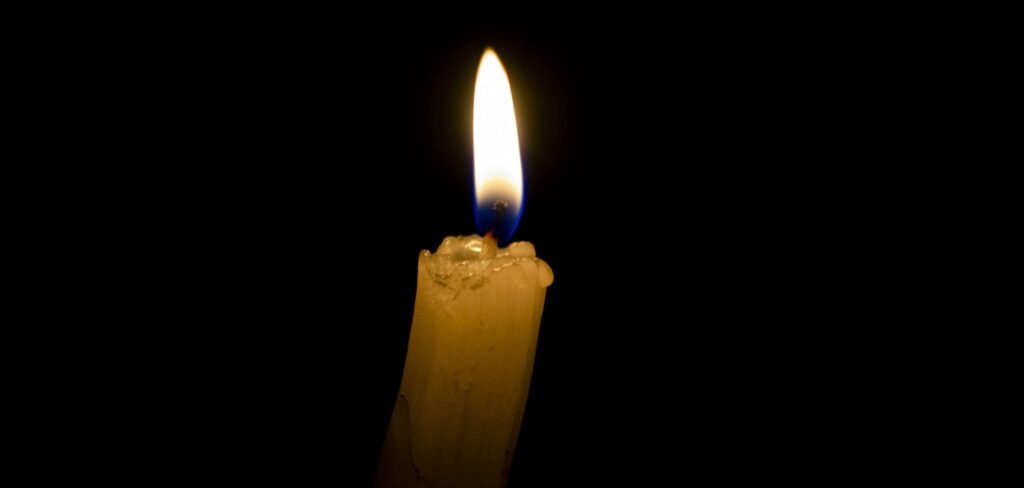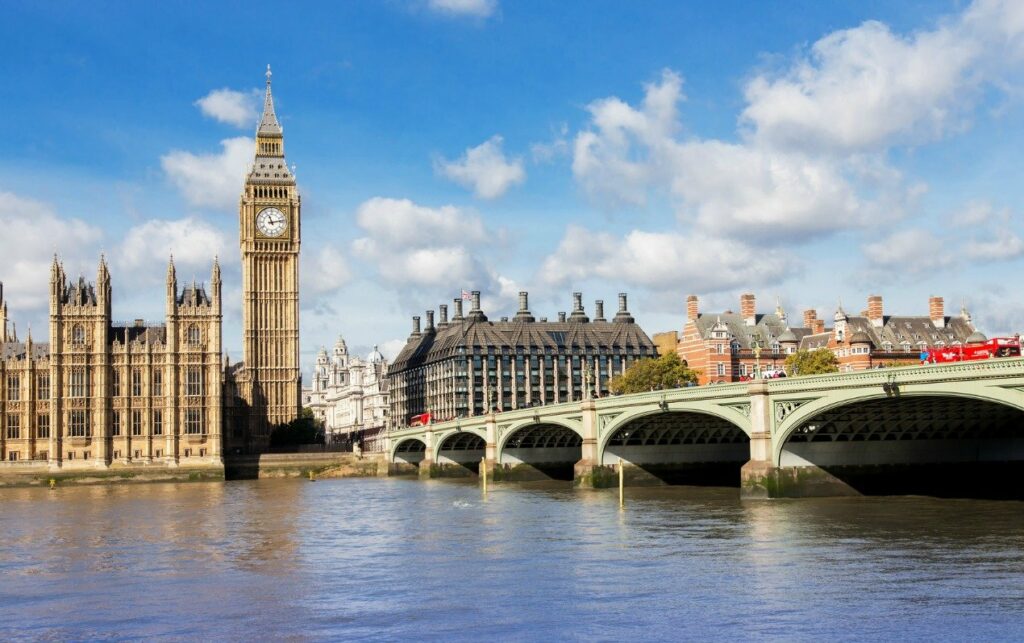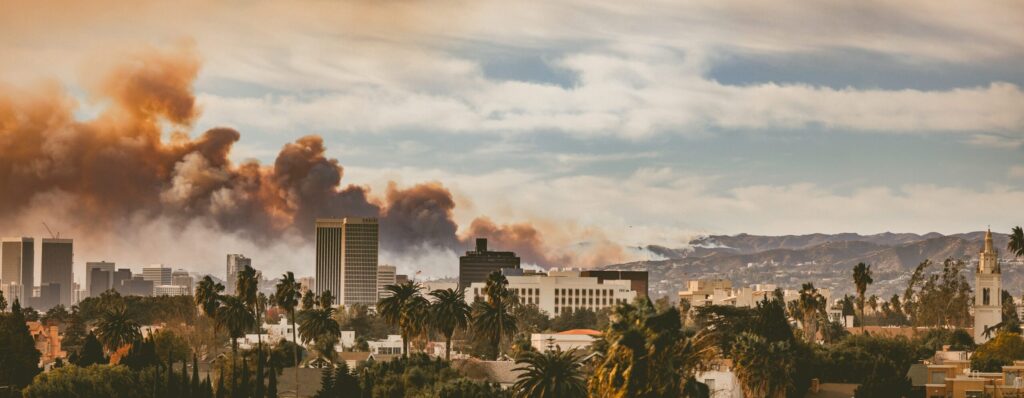A heatwave threatens to overpower California’s power grid, prompting rolling blackouts and the first statewide power shortage emergency declaration since 2001. The usual suspects blame the usual causes (for instance NBC intones that “heat waves of this nature are becoming more common due to climate change”). But there’s growing awareness that the actual problem was sacrificing reliability for trendiness in energy policy plus poor forest management, a pair of blunders with appalling human consequences. It’s a reality thing.
Even California’s governor Gavin Newsom, not always a reality guy, grudgingly concedes that “we cannot sacrifice reliability as we move forward in this transition” to all renewables all the time… or some of it. But saying “we cannot sacrifice reliability” while insisting on doing just that suggests that he doesn’t really grasp what’s already happening, especially to the poor, as the state charges ahead with wind and solar while maintaining the usual obtuse opposition to virtually GHG-free, reliable nuclear energy.
Writing in Forbes, Robert Bryce makes several surprising and pertinent observations. One being that the Golden State’s push to “electrify everything,” banning natural gas even for heating, would overwhelm the already wobbling grid and “further increase the cost of energy” when electricity prices are already “soaring” and, amazingly, California has the highest adjusted-for-cost-of-living poverty rate in the United States.
Yes, you read that right. Not Mississippi or Arkansas. California, where “18.1% of the state’s residents are living in poverty” or about 7 million human beings. Who are paying on average 19.2 cents per kilowatt-hour, 47% above the national average. Alternative energy might seem progressive, but only if you’re well-to-do.
Bryce also observes that “In 2018, California lawmakers imposed a mandate that requires the state’s electric utilities to procure at least 60% of their electricity from renewables by 2030, and to be producing 100% “zero-carbon” electricity by 2045” which will “require the utilities to spend tens of billions of dollars on new high-voltage transmission lines” among other costs. It’s not all fun and games any more. People are being hurt.
As for the fires themselves, Cliff Mass, the meteorologist just fired by the National Public Radio affiliate KNKX ostensibly for his opposition to rioting, observes that California was hit by an unusually intense barrage of lightning strikes during its dry season. (And while you might think nobody is blaming lightning strikes on climate change, a quick Google search reveals that sure enough someone promptly did.)
It would be tedious to recount all the strange reasons advanced for getting rid of fossil fuels, like the study saying gas stoves create hazardous pollution inside houses even though California law requires them to vent exhaust outside them. But the big issue here is the claim that the problem is climate-change-driven heat waves not predictably bad energy policy.
Naturally the heat waves were sensationalized. NBC warned on August 13 that “Scorching temperatures in Death Valley will shatter records in West, Southwest”. It’s odd to have news outfits reporting what’s going to happen not what did happen. And in fact the subheading retreated to “Cities like Las Vegas, Phoenix, Tucson and Salt Lake City could experience record high temperatures in the coming days.” Could experience. (Like that Globe & Mail story about how the Canadian Arctic “could” see waves get 12 metres higher later in the century due to climate change… unless it doesn’t.) And waaaaaay down in the NBC story we find that “Death Valley, considered the hottest place on Earth, is forecast to reach 126 degrees on Sunday and 127 degrees on Monday. If this happens, that will be the hottest temperature recorded so late in the year.”
So not the hottest ever. Just unusual for this particular day. But here’s something else. Many record temperatures are artefacts of poor measurement techniques, failing to correct for the general Urban Heat Island effect or, worse, putting the thermometer near an airport runway, a stretch of asphalt or even failing to notice a nearby idling engine. Thus Paul Homewood points out that in Lemon Cove, which is significant here precisely because you never heard of it, has a reliable, long-running temperature rural monitoring site roughly 200 km west of Death Valley. And while it’s hot there, the California desert being what and where it is, recent temperatures of 109°F are not unusual. As Homewood notes, its record of 115°F was set in the Dirty Thirties, twice (1931 and 1933).
Still, heat makes headlines. As Anthony Watts complained, when it was really hot in Verkhoyansk back in June it was the harbinger of climate doom to come, the world was ending, the paint would blister off our door handles and so forth. But in early July it started snowing in Verkhoyansk. In mid-summer. And suddenly it was just weather again. (By the same token, Pasi Autio writes on Watts Up With That that the Siberian wildfires that got such attention as part of the panic package are nothing new and have in fact been trending slightly and irregularly down over the past 20 years. But don’t try to tell Greenpeace or Brut media.) Or possibly the UK Met Office, which on July 25 of last year tweeted that a reading of 38.1°C in Cambridge was “only the second time temperatures over 100 Fahrenheit have been recorded in the UK” with the earlier one being in 2003. But in fact there had been such a reading as long ago as 1911.
Meanwhile in other lack of news, Australia experiences snow and unusual cold while Tasmania sets an actual temperature record, an all-time low. But the New York Times touts a new study out of Canada (where else?) saying stop burning gas or your rink gets it: there’s been a decline in days suitable for skating on the old backyard rink since the glory Original Six NHL days in the 1940s.
One very odd thing about this study is that generally speaking it says there’s not a smooth progression but a “step” in the mid-1980s, with more days before and fewer after. And yes, things ain’t what they were when I was a lad. (Which was alas rather longer ago than the mid-1980s.) But when exactly is it that the effects of climate change supposedly kicked in? It’s a remarkably elusive target, not least because if there were major changes due to atmospheric CO2 levels in 1983, there should have been much greater ones since. The Times frets that “hockey could become a sport for the privileged few. ‘You take away the outdoor rink,’ Dr. [study co-author Robert] McLeman said, ‘and only the rich kids get to play.’” Unless of course there’s, say, a municipal arena. Who even has a backdoor rink and magazines for shin guards any more? Or magazines? But don’t let facts get in the way of a good story.



So, you're telling me that California energy policy has finally surpassed the idiocy of the Gerald Butts inspired McGuinty-Wynne fiasco in Ontario? Gerry is going to be mightily disappointed to hear that, and might want to come back to complete the job through his surrogates in Ottawa. "Rebuild green," right? What could possibly go wrong?
Meanwhile, California can't possibly have the highest cost-of-living adjusted poverty rate in the USA. We are constantly being assured by the likes of Elizabeth May and Jagmeet Singh that there will be a high-paying "green" job for everyone who wants one during the transition to renewables. Installing solar panels on every roof; retrofitting and insulating all of the existing housing stock... If California is the state furthest advanced in this transition, it should have the least poverty, too. Because all good things go together.
California needs to keep its Diablo Canyon nuclear station running, and bring back San Onofre nuclear station, to provide reliable baseload power. The argument that nuclear produces long-lived waste is specious; all if the UK's seventy years of nuclear waste is contained in a corner of one site (Sellafield), and is being converted to robust 'glass' for thousand year storage. Nuclear is overall the safest form of power, but could be both safer and more efficient with new reactor designs that don't use pressurised water as a working fluid and can 'burn' stovckpiles of Plutonium.